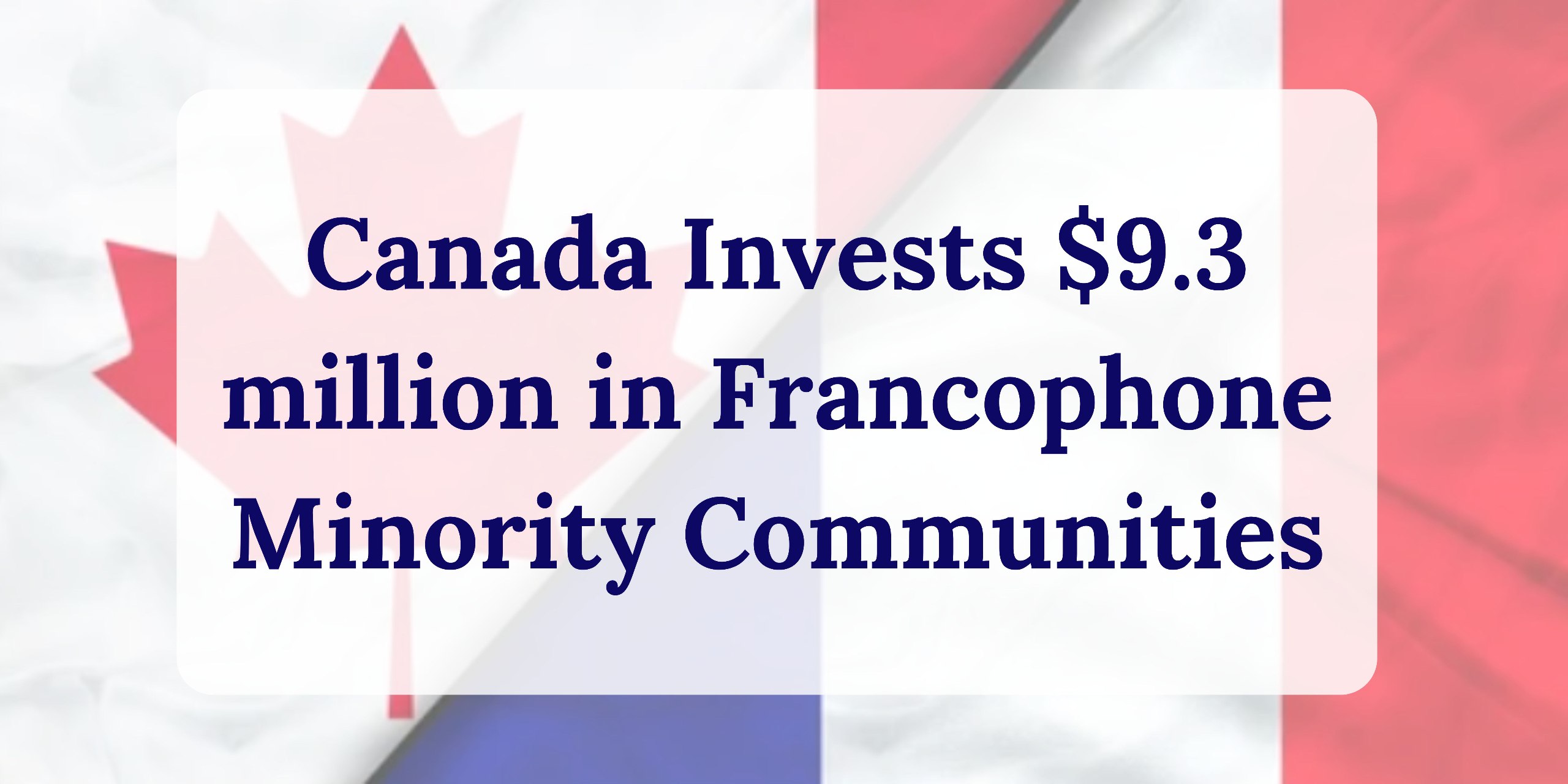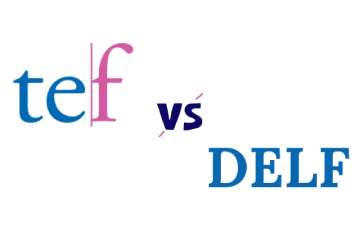
Overview of AQA A-level English Literature A qualifications
Subject content:
Want to learn more about Advanced Level Qualifications (A-Levels) and how they can shape your academic future? Click here to explore: A-Level Information.
1. Love through the ages
This topic encourages students to explore the theme of love across different time periods using both set texts and unseen material. Students should read widely, covering works from various authors and eras.
• Shakespeare’s Plays: Students will study one of four plays, each representing love in different genres: tragedy, comedy, problem play, or late play.
• Love Poetry Anthologies: The AQA anthologies offer a diverse selection of poems showcasing representations of love over time.
• Comparative Prose Texts: A variety of prose works allow students to examine different authors’ depictions of love across different eras.
Students will study three texts in total:
• One poetry text
• One prose text, with one of these being pre-1900
• One Shakespeare play
In the exam, students will also analyze two unseen poems.
Key aspects of love that may be explored include romantic love, love and sex, love and loss, social conventions, jealousy, guilt, truth, deception, and marriage, among others.
Set texts
Core set texts: Shakespeare
Students study one of the following Shakespeare plays:
• Othello
• The Taming of the Shrew
• Measure for Measure
• The Winter’s Tale
Chosen comparative set texts: poetry and prose
Students will study two texts from the following list: one poetry and one prose, with at least one text written before 1900.
| Author | Text |
|---|---|
| AQA ed. | Anthology of Love Poetry through the Ages (Pre-1900) |
| AQA ed. | Anthology of Love Poetry through the Ages (Post-1900) |
| Jane Austen | Persuasion (Pre-1900) |
| Charlotte Brontë | Jane Eyre (Pre-1900) |
| Emily Brontë | Wuthering Heights (Pre-1900) |
| Kate Chopin | The Awakening (Pre-1900) |
| Thomas Hardy | Tess of the D’Urbervilles (Pre-1900) |
| F. Scott Fitzgerald | The Great Gatsby |
| E.M. Forster | A Room with a View |
| L.P. Hartley | The Go-Between |
| Daphne Du Maurier | Rebecca |
| Ian McEwan | Atonement |
This topic encourages students to explore literature connected by a specific time period. Students will choose between two options:
Option 2A: WW1 and Its Aftermath
Focuses on literature related to WW1, examining its impact on combatants, civilians, and future generations, as well as its social, political, personal, and literary legacies, extending to the present day.
Option 2B: Modern Times (1945 to Present)
Begins with the end of WW2, exploring modern and contemporary literature and how it addresses key social, political, personal, and literary issues that have shaped the late 20th and early 21st centuries.
Students are encouraged to read widely within their chosen option, exploring key themes to gain insights into the shared context and a range of ideas and perspectives.
Set Texts
Students will study three texts: one prose, one poetry, and one drama, with at least one text written after 2000. Additionally, they will respond to an unseen prose extract in the exam.
The exam for this component is open book, allowing students to bring copies of their set texts, which must be free of annotations or additional notes.
Option A: WW1 and Its Aftermath
Key themes that can be explored include imperialism, nationalism, recruitment, propaganda, life on the front line, home front responses, pacifism, soldiers and generals, heroism, peace, memorials, the war’s aftermath, changing attitudes, and its social, political, personal, and literary legacies.
Section A: Core Set Texts
Students will study at least one of the six core set texts listed for this section.
| Genre | Author | Text |
|---|---|---|
| Prose | 1. Pat Barker 2. Sebastian Faulks | Regeneration Birdsong |
| Drama | 3. Joan Littlewood 4. R.C. Sherriff | Oh! What a Lovely War Journey’s End |
| Poetry | 5. ed. Brian Gardner 6. ed. Catherine Reilly | Up the Line to Death Scars Upon My Heart |
Section B: Chosen Comparative Set Texts
Students will study two texts, which can be selected from either the following list or the core set text list. However, any text used in the Section A response cannot be repeated in Section B.
| Genre | Author | Text |
|---|---|---|
| Prose | Rebecca West Erich Maria Remarque (translated by Brian Murdoch) Susan Hill Ernest Hemingway Robert Graves Sebastian Barry Ben Elton Pat Barker | The Return of the Soldier All Quiet on the Western Front (Vintage paper back edition)* Strange Meeting A Farewell to Arms Goodbye to All That A Long, Long Way (post-2000) The First Casualty (post-2000) Life Class (post-2000) |
| Drama | Peter Whelan Richard Curtis and Ben Elton David Haig Ian Hislop and Nick Newman | The Accrington Pals Blackadder Goes Forth My Boy Jack The Wipers Times (post-2000) |
| Poetry | ed. George Walter ed. Jon Stallworthy ed. Jon Stallworthy | The Penguin Book of First World War Poetry The Oxford Book of War Poetry The War Poems of Wilfred Owen |
Option B: Modern times: literature from 1945 to the present day
Key areas of exploration for this option include wars and their legacies, personal and social identity, shifting morality and social structures, issues of gender, class, race, and ethnicity, political upheaval, resistance, rebellion, imperialism, post-imperialism, and nationalism. These themes reflect the social, political, personal, and literary issues that have shaped the late 20th century and early 21st century.
Section A: Core Set Texts
Students will study at least one of the six core set texts listed below.
| Genre | Author | Text |
|---|---|---|
| Prose | 1. Margaret Atwood 2. Graham Swift | The Handmaid’s Tale Waterland |
| Drama | 3. Caryl Churchill 4. Tennessee Williams | Top Girls A Streetcar Named Desire |
| Poetry | 5. Carol Ann Duffy 6. Owen Sheers | Feminine Gospels (post-2000) Skirrid Hill (post-2000) |
Section B: Selected Comparative Set Texts
Students will study two texts, which may be chosen from either the following list or the core set text list. However, any text used in the Section A response cannot be reused in Section B.
| Genre | Author | Text |
|---|---|---|
| Prose | Michael Frayn Ken Kesey Arundhati Roy Kathryn Stockett Alice Walker Jeanette Winterson Richard Yates | Spies (post-2000) One Flew Over the Cuckoo’s Nest The God of Small Things The Help (post-2000) The Color Purple Oranges are not the Only Fruit Revolutionary Road |
| Drama | Brian Friel Arthur Miller Timberlake Wertenbaker Tennessee Williams | Translations All My Sons Our Country’s Good Cat on a Hot Tin Roof |
| Poetry | Tony Harrison Seamus Heaney Ted Hughes Sylvia Plath | Selected Poems 2013 Edition New Selected Poems 1966–1987 Birthday Letters Ariel |
3. Independent critical study: texts across time
In this component, students write a 2,500-word comparative critical study of two texts, exploring a theme of their choice. The focus is on independent study, encouraging personal reading and critical engagement with literature.
Key Points
Autonomous Study: Students are encouraged to independently select at least one of the texts, although both texts should be chosen with teacher guidance.
Comparative Analysis: The chosen texts should allow for a comparison of similarities and differences, with students applying and evaluating a range of critical perspectives.
Themes: Suggested themes include identity struggles, crime and punishment, war and conflict, gender and sexuality, social class, and more, but students can explore other topics based on their interests.
Task: Students must write a 2,500-word essay, addressing all assessment objectives, with a bibliography and proper referencing.
Text Requirements:
• One text must be pre-1900.
• The two texts must be from different authors.
• Exam set texts cannot be used.
• Comparative focus requires equal attention to both texts.
• A poetry collection or short story collection is acceptable, with at least two examples from the work discussed.
• High-quality translations of significant texts are permitted, with the translation treated as the author’s own words.
Schools are encouraged to consult non-exam assessment advisers regarding the appropriateness of chosen texts and tasks.
Recommended Texts: Texts from the A-level core set and comparative set text lists in Sections 1 and 2 cannot be used for non-exam assessment. However, students may choose to study texts in translation if they have been influential in shaping English literature.
Suggested pre-1900 texts include, but are not limited to:
| Genre | Author | Text |
|---|---|---|
| Prose | Jane Austen Anne Brontë Wilkie Collins Charles Dickens George Eliot Elizabeth Gaskell Mary Shelley William Makepeace Thackeray Oscar Wilde | Northanger Abbey / Mansfield Park The Tenant of Wildfell Hall The Moonstone / The Woman in White Hard Times Middlemarch / The Mill on the Floss North and South Frankenstein Vanity Fair The Picture of Dorian Gray |
| Drama | William Congreve Henrik Ibsen Oliver Goldsmith George Bernard Shaw Richard Brinsley Sheridan Oscar Wilde William Wycherley | The Way of the World A Doll’s House / Hedda Gabler She Stoops to Conquer any pre-1900 play by this writer The School for Scandal any pre-1900 play by this writer The Country Wife |
| Poetry | Geoffrey Chaucer Samuel Taylor Coleridge John Keats | The Wife of Bath’s Tale / The Miller’s Tale The Rime of the Ancient Mariner Lamia / Isabella or The Pot of Basil / The Eve of St Agnes |
Examples of choices of non-exam assessment texts and possible connections:
1. Colonial Guilt in The Moonstone: John R. Reed (1973) suggests that The Moonstone by Wilkie Collins reflects British colonial guilt over India’s annexation. Compare British attitudes toward race and ethnicity in The Moonstone and Zadie Smith’s White Teeth based on this interpretation.
2. Women in Keats and Brontë: Compare the portrayal of women in Keats’ poems (Lamia, Isabella, The Eve of St Agnes) and Anne Brontë’s The Tenant of Wildfell Hall. How do Gothic settings influence the depiction of heroines in peril?
3. Victorian Sensation Novels: Sarah Waters argues that sensation novels questioned certainties. Compare Sue Trinder in Fingersmith with Marian Halcombe in The Woman in White, in light of this idea.
Assessment
| Component | Content | Questions | Final score | Weighting of final grade |
|---|---|---|---|---|
| Paper 1: Love through the ages | Study of three texts: one poetry and one prose text, of which one must be written pre-1900, and one Shakespeare play. Examination will include two unseen poems | Section A: Shakespeare: one passage-based question with linked essay (25 marks) Section B: Unseen poetry: compulsory essay question on two unseen poems (25 marks) Section C: Comparing texts: one essay question linking two texts. Open book in Section C only (25 marks) | 75 marks | 40% of A-level |
| Paper 2: Texts in shared contexts | Choice of two options: Option 2A: WW1 and its aftermath Option 2B: Modern times: literature from 1945 to the present day Study of three texts: one prose, one poetry, and one drama, of which one must be written post-2000 Examination will include an unseen prose extract | Section A: Set texts. One essay question on set text (25 marks) Section B: Contextual linking: – one compulsory question on an unseen extract (25 marks) – one essay question linking two texts (25 marks) Open Book | 75 marks | 40% of A-level |
| Non-exam assessment: Independent critical study: texts across time | Comparative critical study of two texts, at least one of which must have been written pre-1900 One extended essay (2500 words) and a bibliography | 50 marks assessed by teachers; moderated by AQA | 20% of A-level |
Weighting of assessment objectives for English Literature A
Exams will assess students on the following objectives:
AO1: Provide informed, personal, and creative responses to literary texts, using relevant concepts, terminology, and clear, accurate written expression.
AO2: Analyze how meanings are constructed in literary texts.
AO3: Understand the significance and influence of the contexts in which texts are written and received.
AO4: Explore connections between literary texts.
AO5: Examine literary texts through various interpretations.
| Assessment objectives AOs* | Component Paper 1 (%) | Component Paper 2 (%) | Component Non-exam assessment (%) | Overall Weighting (%) |
|---|---|---|---|---|
| AO1 | 11.2 | 11.2 | 5.6 | 28 |
| AO2 | 9.6 | 9.6 | 4.8 | 24 |
| AO3 | 9.6 | 9.6 | 4.8 | 24 |
| AO4 | 4.8 | 4.8 | 2.4 | 12 |
| AO5 | 4.8 | 4.8 | 2.4 | 12 |
| Overall weighting of components | 40 | 40 | 20 | 100 |
Assessment weightings
The marks awarded on the exam papers will be adjusted to align with the component weightings. Final marks are calculated by adding these scaled marks for each component. Grade boundaries will be determined based on the total scaled mark. The scaling and total scaled marks are outlined in the table provided.
| Сomponent | Maximum raw mark | Scaling factor | Maximum scaled mark |
|---|---|---|---|
| Paper 1: Love through the ages | 75 | ×2 | 150 |
| Paper 2: Texts in shared contexts | 75 | ×2 | 150 |
| Non exam-assessment: Texts across time | 50 | ×1.5 | 75 |
| Total scaled mark: | 375 |
If you need help with English Literature or any other subject, our tutors are ready to support you on your academic journey. Don’t miss your chance to succeed—take a trial lesson today!











